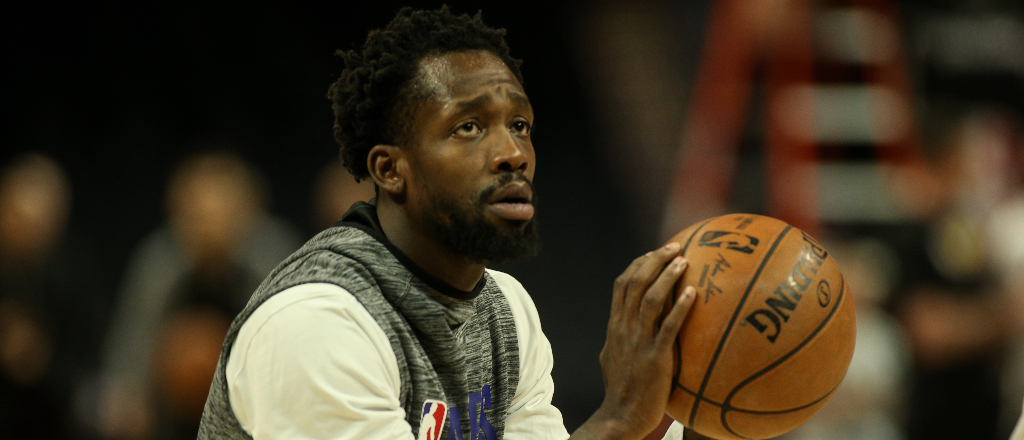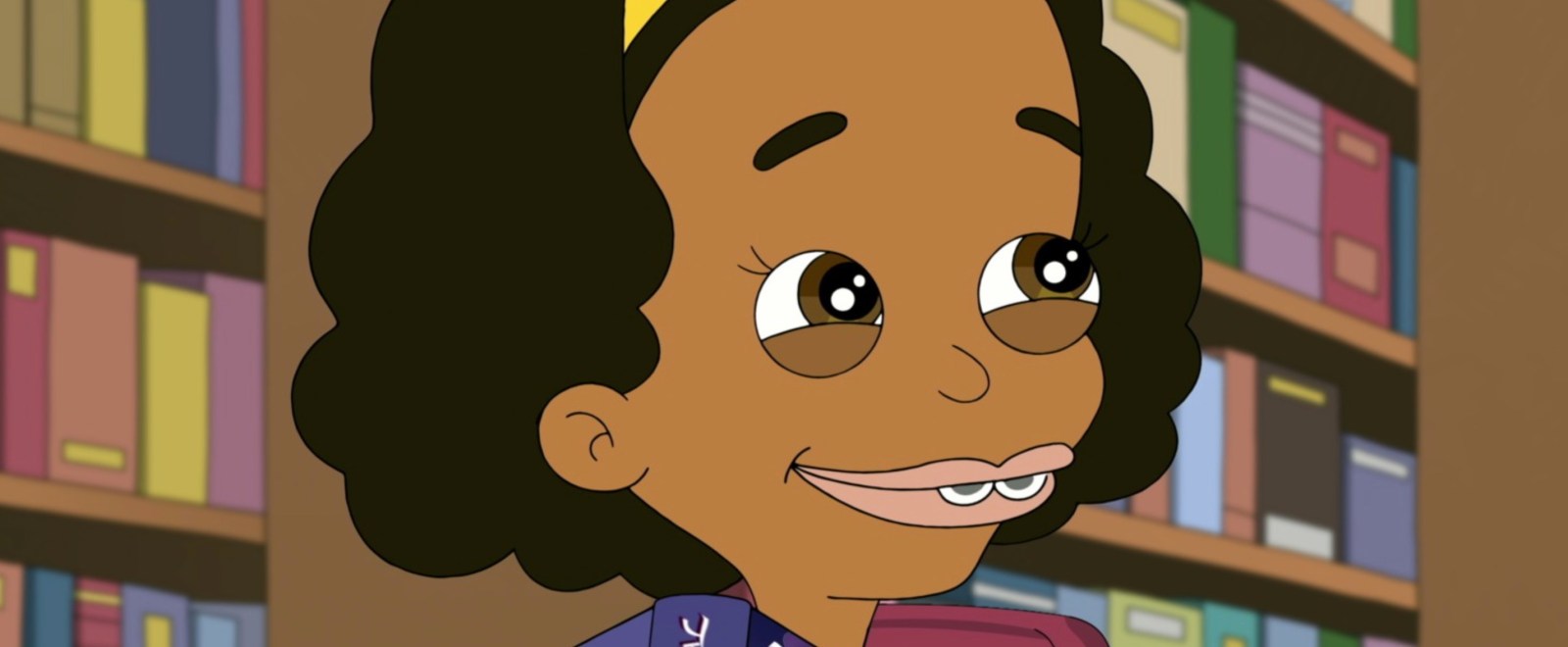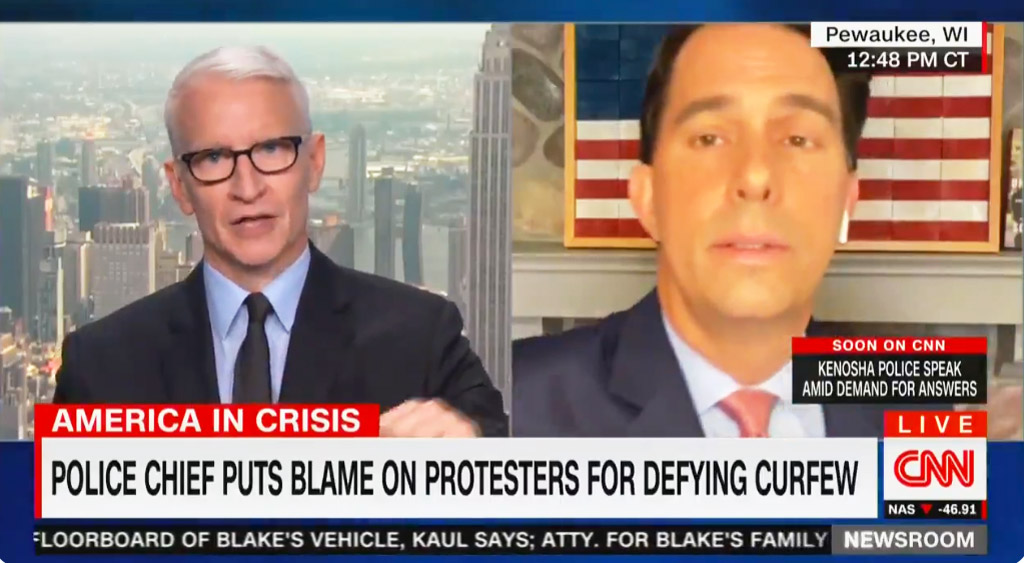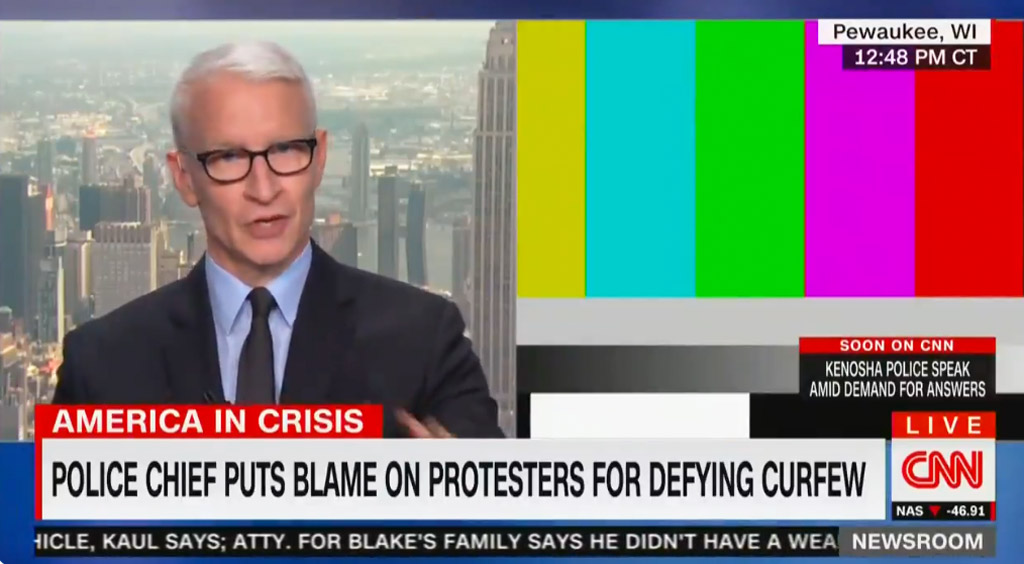
Sometimes the best new R&B can be hard to find, but there are plenty of great rhythm and blues tunes to get into if you have the time to sift through the hundreds of newly released songs every week. So that R&B heads can focus on listening to what they really love in its true form, we’ll be offering a digest of the best new R&B songs that fans of the genre should hear every Friday.
This week, Giveon took the time to cover D’Angelo’s “Untitled (How Does It Feel),” Ty Dolla Sign tapped Nicki Minaj for his latest single “Expensive,” and Jazmine Sullivan made her return with “Lost One.” Check out the rest of the best new R&B music below.
Giveon — “Untitled (How Does It Feel)”
Giveon and Spotify teamed up for a two-piece set of songs this week and one of them is a cover to D’Angelo’s classic record “Untitled (How Does It Feel).” The track was recorded nearly twenty years ago at Electric Lady Studios and that’s exactly where Giveon recorded his rendition of the electrifying song. “Covering an R&B classic is the icing on the cake,” he said via statement. “Working on these two songs were a beautiful time for me.”
Ty Dolla Sign — “Expensive” Feat. Nicki Minaj
Ty Dolla Sign has been teasing his new song “Expensive” with Nicki Minaj all week and it’s finally here. As expected, Nicki’s verse doesn’t disappoint as she raps with opulence and bars at a level that only she can deliver. It sounds like Ty Dolla may have another summer hit on his hands.
Jazmine Sullivan — “Lost One”
Jazmine Sullivan has been a sorely missed vocal powerhouse in the R&B world and this week the singer has made her return with the heartbreaking ballad “Lost One.” It’s her first single in two years and is a perfect demonstration of her talent and ability to make listeners feel her words and emotions.
Toosii — “Love Cycle” Feat. Summer Walker
Toosii‘s “Love Cycle” just got that much sweeter with Summer Walker gracing her presence on the already viral Platinum Heart baby maker. “I want rich sex / I ain’t the type to be depressed / You don’t be givin’ me no stress, so I know where it’s at,” she affectionately tips off on the fan-favorite slow jam. Summer’s newly added vocals sounds as if this collaboration with Toosii was meant to be.
112 — “For Us”
Slim and Mike of 112 are gearing up to release their first project in years, 112 Forever, and this week they shared their latest release “For Us.” The pair don’t miss a step in the black-and-white visual for uptempo track, showing that they still got it.
Lonr. — “The End”
Grammy Award-winning R&B talent Lonr. is following up his impressive virtual BET Awards performance of “Make The Most” with the visual for his latest release “The End.” The song lives on his newly released project Land Of Nothing Real which features guest appearances from HER and XXL Freshman 24kGoldn.
Ian Isiah – “Princess Pouty”
New York’s own Ian Isiah is readying for the release of the AUNTIE project and recently shared a piece of what’s to come in the form of “Princess Pouty.” With the help of Chromeo, who did his thing on every track on the project, “Princess Pouty” is a disco-funk bop that leaves plenty of room to dance and enjoy the moment.
Rileyy Lanez – “Marry Me”
Rileyy Lanez comes through this week with the visual for “Marry Me” off her debut EP Beautiful Mistakes, which was released back in May. The music video highlights the trials and tribulations that true love will bring you through. It was directed by Erik Rojas in Rileyy’s hometown of New York City.
Jayla Darden — “Demonstration”
Jayla Darden has given her song “Demonstration” a chill visual treatment as a nod to the late ’90s and early ’00s with looks plainly inspired by TLC and the late Aaliyah. Last year, Jayla impressed with her EP Onto Something, with more to come.
K. Roosevelt — “All Night”
It’s been a minute since K. Roosevelt has released music but that all changed this week when he shared his latest release “All Night.” The song is fully produced and written by K. Roosevelt himself and carries heavy reggae vibes with a futuristic twist.
Ledisi — The Wild Card
Ledisi delivers classic rhythm and blues with her latest project The Wild Card. Filled with love and passion, Ledisi sings her heart out and takes her listeners on a sexual healing rollercoaster.
Tweet — “Neva Felt This Way”
Tweet illustrates feelings of a bubbling love with her newly released single “Neva Felt This Way.” Tweet takes the time to admire her lover’s presence with care and empathy.
Check out this week’s R&B picks, plus more on Uproxx’s Spotify playlist below.
Some artists covered here are Warner Music artists. Uproxx is an independent subsidiary of Warner Music Group.








 (@QuirkyAtLarge)
(@QuirkyAtLarge) 


